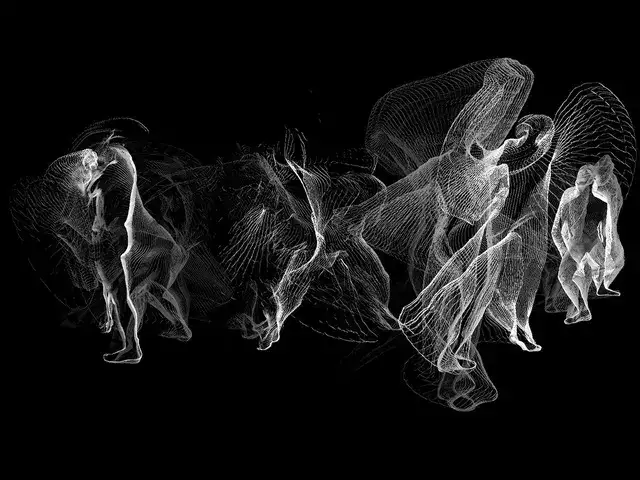
Digital Transformation
July 20, 2017
High Tech
July 20, 2017
RE-Imagine the Journey
Spatial Computing
Spatial Computing involves digital integration of the virtual and the real, via rapidly evolving technologies. Its impact will be so significant that it is best described as the fourth shift in the way people interact with the digital world, after personal computers, the internet and the smartphone.
Spatial computing builds on the visionary idea of “The invisible computer”, a generic information appliance which meets specific user needs in an intuitive but non-invasive way. The appliance’s design becomes an integral part of the task, with hardware becoming almost imperceptible, and the Spatial Computing software layer left as the primary point of user interaction. Such a vision demands an immersive user experience that blends virtual compute interfaces into the physical world. It will use technologies like augmented and mixed reality but will take them to a more profound and comprehensive level for business applications.
Spatial computing is still in its early infancy, both from a technology and business application perspective. However, with some key-technologies already available (e.g. real-time spatial mapping, eye and hand gesture tracking, natural language processing, diffractive optic smart glasses), the journey has started.
Spatial computing have five major foundational capabilities:
- Spatialized visualization & augmentation
- Context aware adaptability
- Natural user experience
- Service integration
- Shared immersive experience
